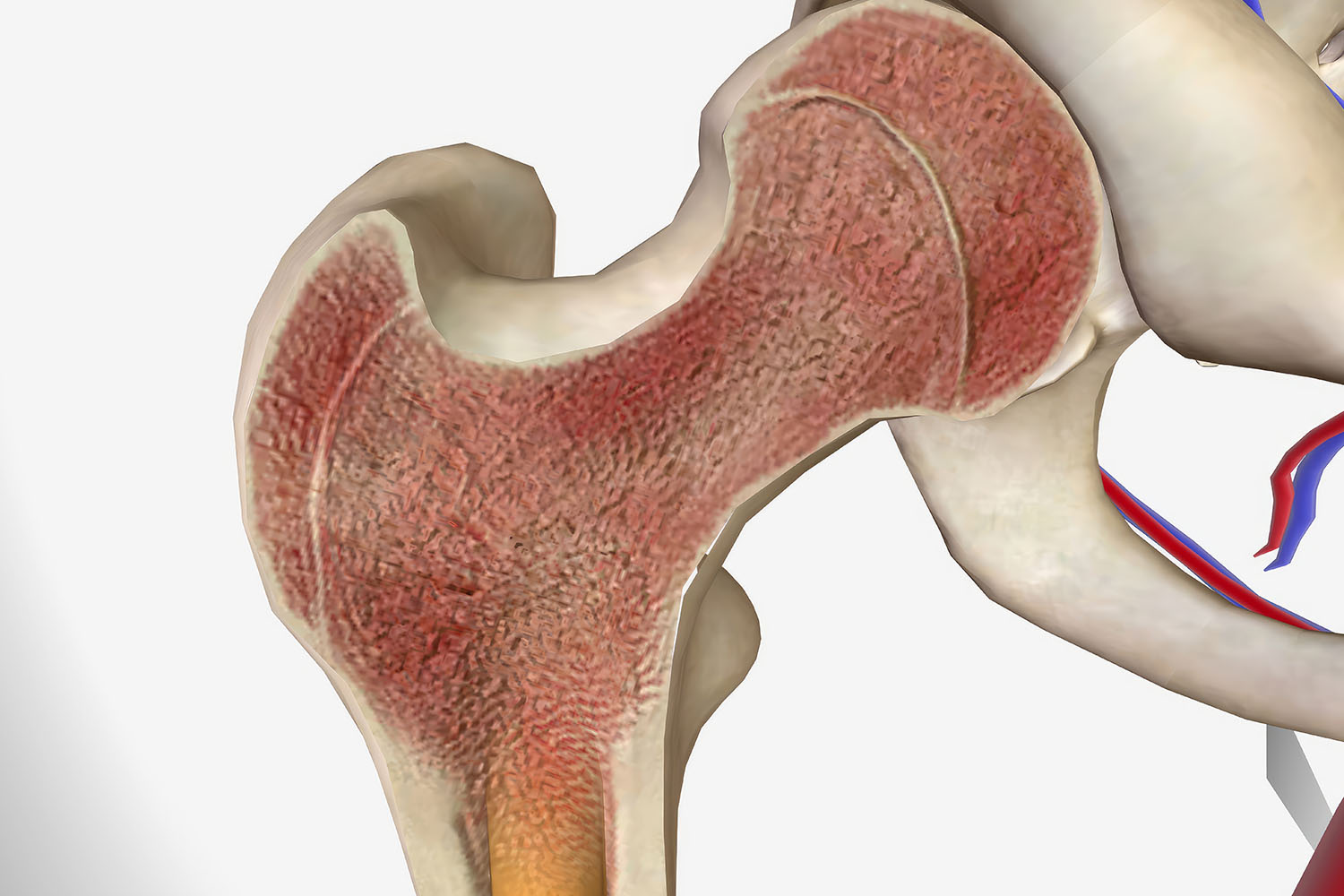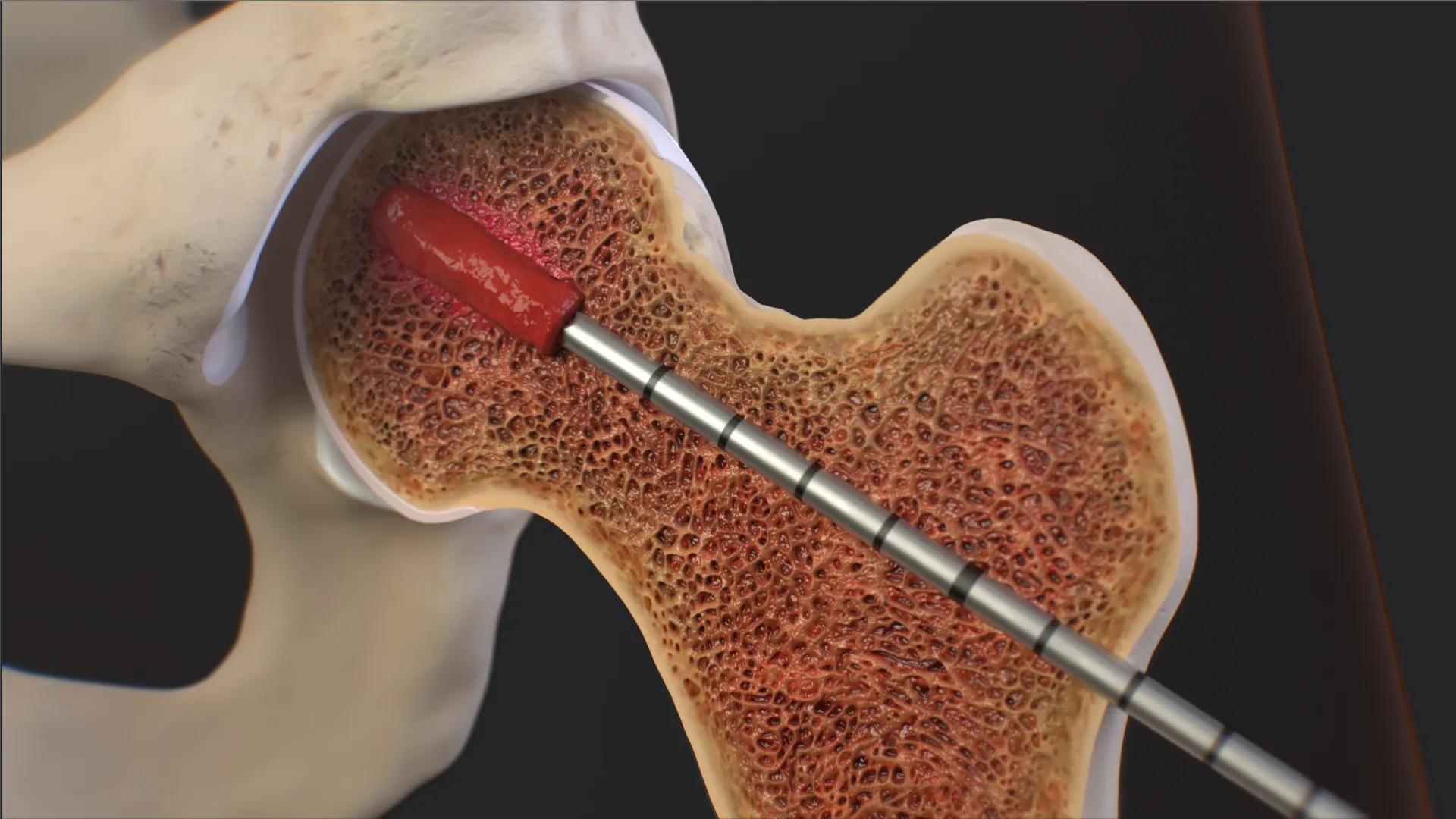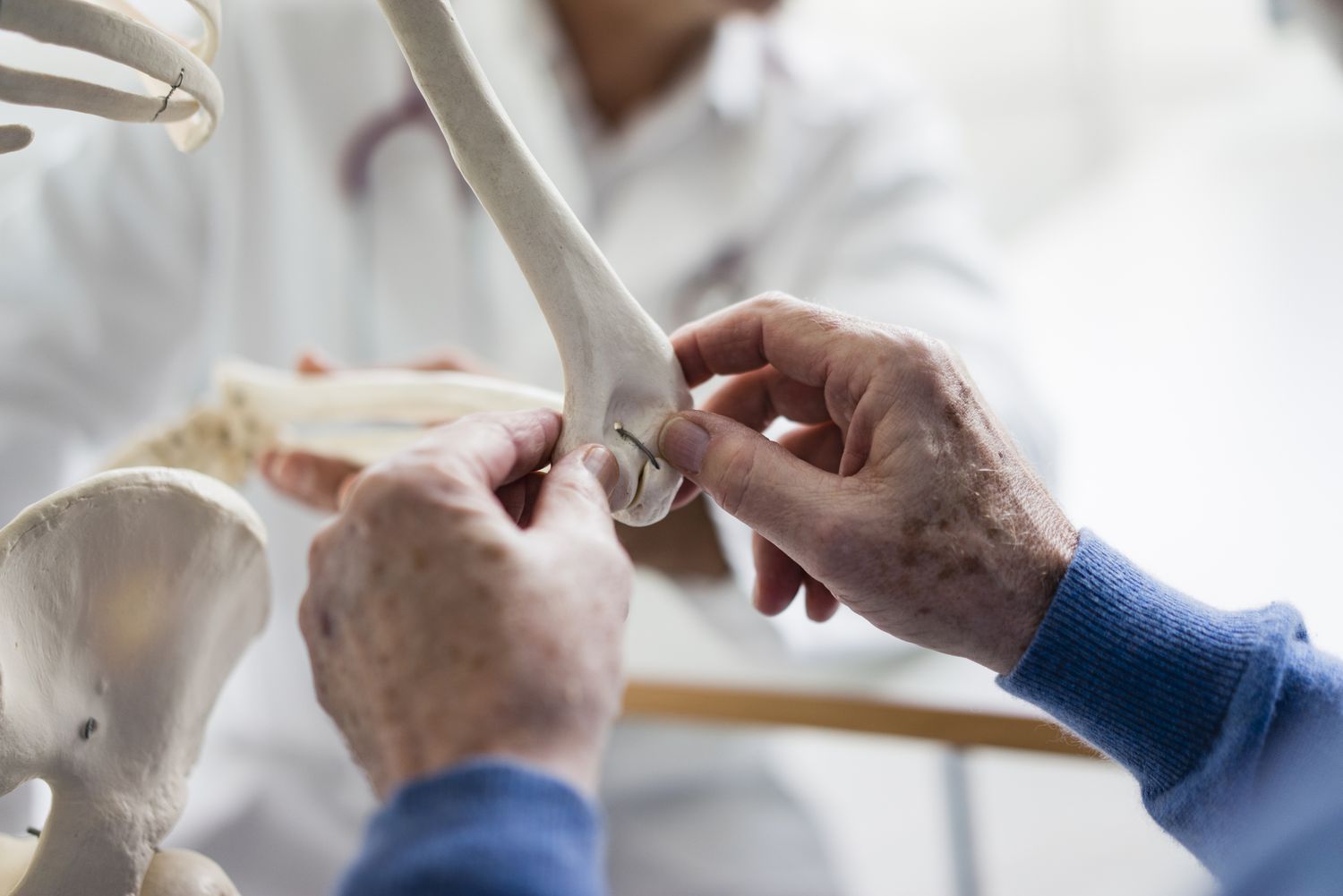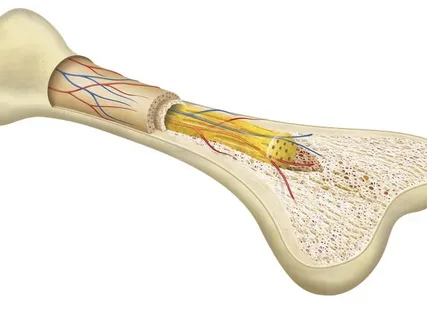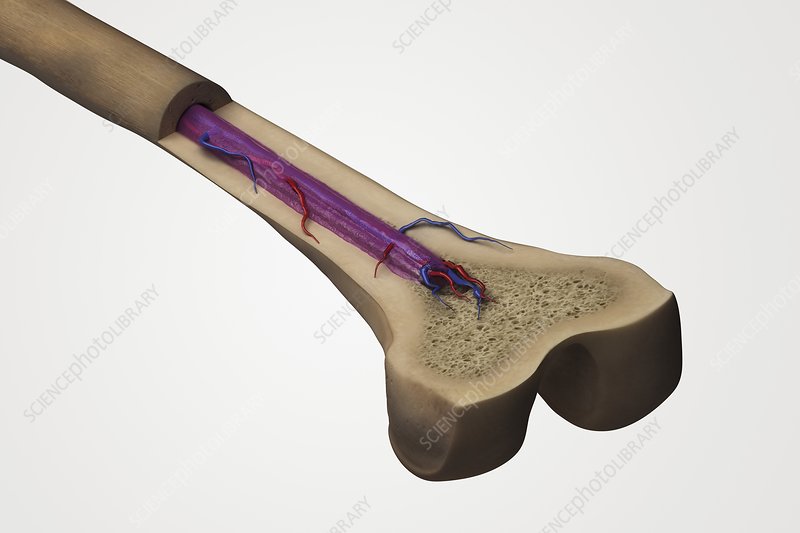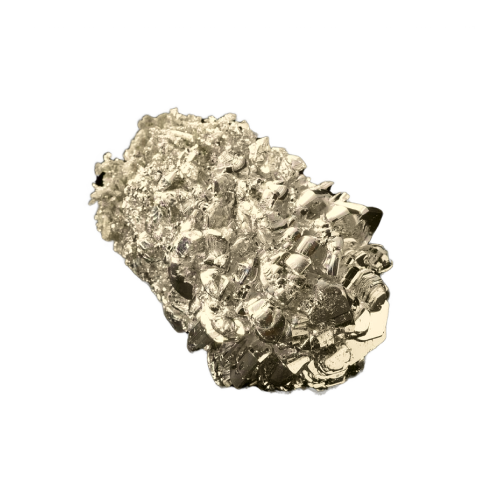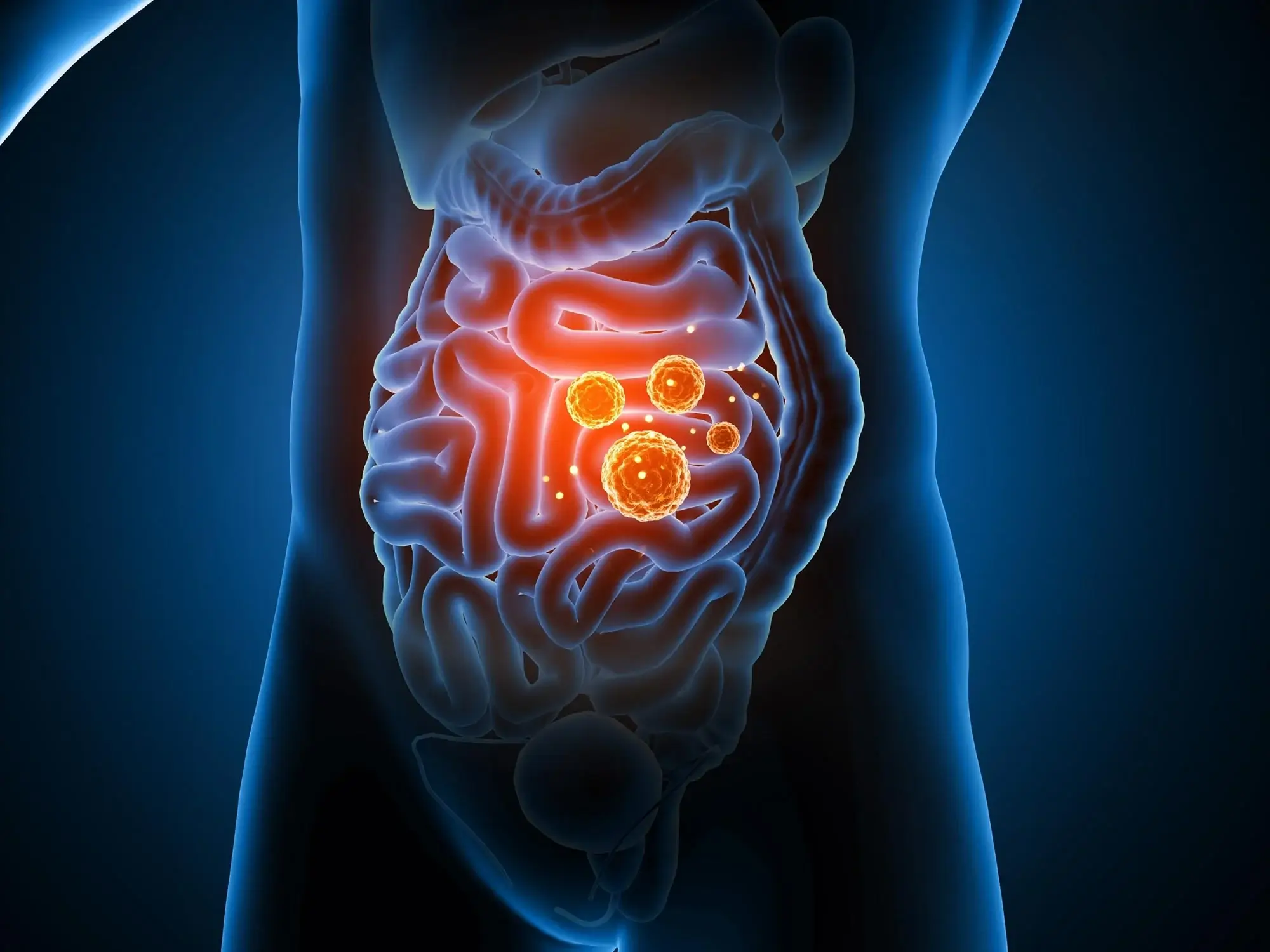What Is Bone Marrow?

The Core of Cellular Health
Bone marrow is a soft, spongy material found in some of your bones, including your spine and hips. It is necessary to produce special cells, called red and white blood cells, and tiny platelets. Red blood cells bring oxygen to all parts of your body, white blood cells help fight germs, and there are platelets, which help cuts stop bleeding.
Bone marrow is a super important part of the body because it keeps the blood healthy and helps keep the body safe and strong.
- Last Updated: December 3, 2025
-
-

Bone Marrow – Overview
A sponge-like, life-giving tissue located deep within the bones that produces and maintains the blood supply. Bone marrow may appear soft and fatty, but it serves one of the body’s most important functions.
- Spongy texture and mighty function: Bone marrow may appear soft and fatty, but always generates blood cells.
- Housed in large bones: Bone marrow is found inside the spine, pelvis, ribs, breastbone, and thigh bones. These hollow cavities contain bone marrow and provide room for it to work.
- Two kinds by colour and function: Bone marrow comes in red and yellow varieties and has varied job descriptions. Red marrow generates blood cells; yellow marrow stores fat and energy.
- Changes with age: Children mostly have red marrow to support their growth, but much of it turns yellow with age.
Bone marrow is not just a filler; it is an active, life-giving tissue found in important parts of the bones.
- Spongy texture and mighty function: Bone marrow may appear soft and fatty, but always generates blood cells.
-
Function and Importance
Bone marrow, the body’s blood cell producer and immune defence centre, works tirelessly to keep you healthy daily.
- Produces all major blood cells: It generates red blood cells to transport oxygen, white blood cells to combat pathogens, and platelets to help clotting.
- Strengthens the immune system: Without bone marrow, the body would struggle to produce enough white blood cells.
- Promotes healing and recovery: When you are unwell or injured, the bone marrow works harder to replace lost or damaged cells.
- Linked to various disorders: Bone marrow issues can cause serious health problems, such as anaemia, leukaemia, or a weak immune system.
Even though bone marrow is tucked away in the bones, it plays a massive part in keeping the blood and immune system healthy daily.
- Produces all major blood cells: It generates red blood cells to transport oxygen, white blood cells to combat pathogens, and platelets to help clotting.
-
What Does Bone Marrow Look Like
Despite being hidden, it has a distinct appearance and texture that separates it from other tissues. This soft, spongy tissue fills the hollow centres of many bones and plays an important role in the body.
- Soft and sponge-like texture: Bone marrow has a spongy, sponge-like texture. It fills in hollow areas in certain bones.
- Two visible types: It has two colours, red marrow and yellow marrow. Each has a unique job and composition.
- Red marrow is active: It is densely packed with blood arteries and can be found primarily in the spine, ribs, and pelvis. This particular type actively produces blood cells.
- Yellow marrow stores fat: Mainly found in the limbs, it gets its yellow colour from that fat. It can change back to red marrow if necessary.
Although bone marrow is hidden inside the bones, its texture and colour reveal much about its key roles in the body.
- Soft and sponge-like texture: Bone marrow has a spongy, sponge-like texture. It fills in hollow areas in certain bones.
-
What Are the Two Types of Bone Marrow?
There are two main types of bone marrow, each important for health. Knowing about them helps you understand how the body makes blood and stores energy.
- Red bone marrow makes blood cells: This type produces red blood cells, white blood cells, and platelets
- Yellow bone marrow stores fat: It mostly has fat cells as energy reserves. If the body needs more blood cells, it can change into red marrow.
- Red marrow is found in flat bones: Mainly in the hip bones, ribs, sternum, and skull. These areas help make blood cells throughout life.
- Yellow marrow is found in long bones: It fills the centres of long bones like the femur and humerus and helps meet the energy needs when you’re resting or unwell.
Both types of bone marrow are important for balancing blood production and energy storage to support daily needs.
- Red bone marrow makes blood cells: This type produces red blood cells, white blood cells, and platelets
-
What is Bone Marrow Made of?
Bone marrow comprises different cells and tissues that work together to keep the body in good shape. It helps make blood cells and stores nutrients that are essential for health.
- Stem cells are the key players: Bone marrow has stem cells that can turn into red blood cells, white blood cells, or platelets. These cells are crucial for keeping the blood fresh.
- Supporting cells create the right setting: The marrow comprises various cells, like fat cells and blood vessels, that help support and protect stem cells.
- Plenty of blood-forming cells: In addition to the stem cells, bone marrow contains many other cells in different stages of growth, which turn into the various blood cells a body needs.
- Fat cells provide energy: In yellow marrow, you’ll find a lot of fat cells. They store energy and help keep the marrow healthy.
The blend of stem, blood, and support cells makes bone marrow essential for producing blood and maintaining good health.
- Stem cells are the key players: Bone marrow has stem cells that can turn into red blood cells, white blood cells, or platelets. These cells are crucial for keeping the blood fresh.
-
What Diseases Impact Bone Marrow?
Several diseases can affect the bone marrow and interfere with its ability to make healthy blood cells. If these issues aren’t treated, they can lead to serious health problems.
- Anaemia: A condition in which the bone marrow doesn’t produce enough red blood cells, which causes fatigue and weakness.
- Leukaemia: A type of cancer that causes abnormal white blood cells to grow out of control in the bone marrow.
- Aplastic anaemia: A rare condition where the marrow stops making enough blood cells across the board.
- Myeloma and lymphoma: These cancers target plasma cells or lymphatic tissue in the bone marrow.
Catching these diseases early and getting the right treatment is key to staying healthy.
- Anaemia: A condition in which the bone marrow doesn’t produce enough red blood cells, which causes fatigue and weakness.
-
How Does a Bone Marrow Transplant Work?
A bone marrow transplant helps replace sick or damaged bone marrow with healthy stem cells. It’s mainly used to treat serious issues like leukaemia, lymphoma, and other blood disorders.
- Pre-transplant preparation: Before the transplant, patients usually go through chemotherapy or radiation. This helps eliminate the deficient marrow so there’s room for the new, healthy stem cells.
- Stem cell collection: The stem cells are taken from the donor’s blood or bone marrow and stored for the transplant.
- Transplant process: During the transplant, the stem cells are injected into the patient’s bloodstream through an IV, similar to a blood transfusion.
- Recovery and engraftment: It takes a few days or weeks for the new cells to move to the bone marrow and make healthy blood cells. Doctors monitor this process closely.
While bone marrow transplants can save lives, they come with risks and need careful recovery with medical support.
- Pre-transplant preparation: Before the transplant, patients usually go through chemotherapy or radiation. This helps eliminate the deficient marrow so there’s room for the new, healthy stem cells.
-
